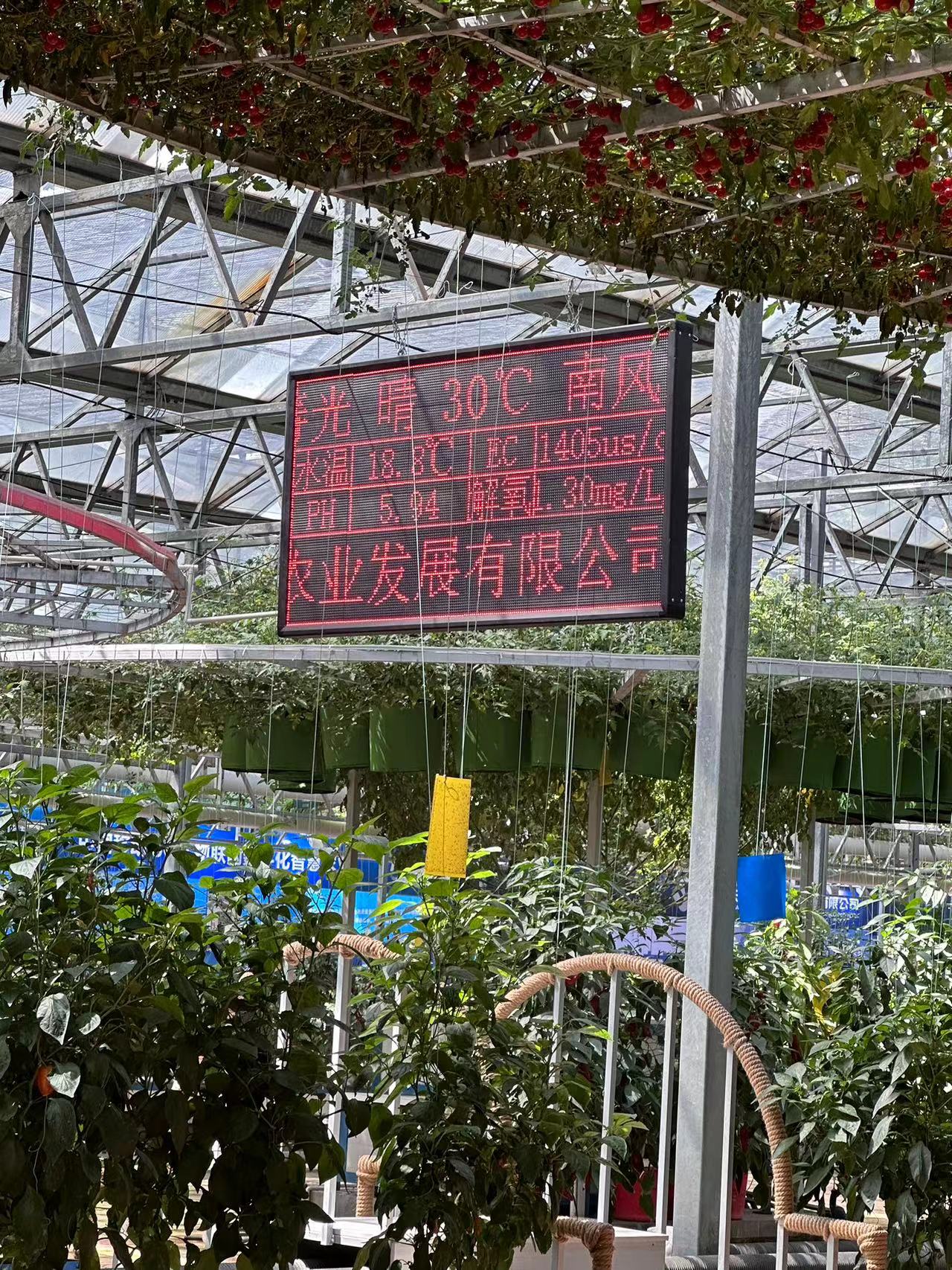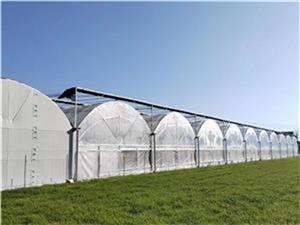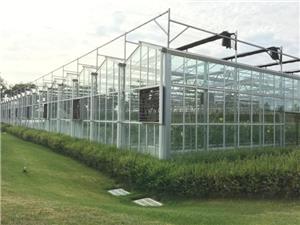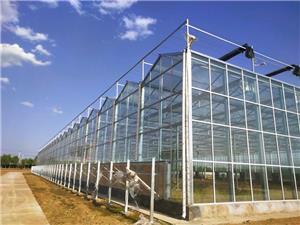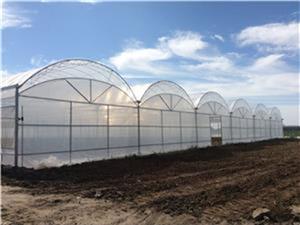How is the electricity consumption of a greenhouse building calculated?
From circulating fans to irrigation pumps, this article reveals the key steps of modern greenhouse energy audits, helping to achieve energy conservation and solar energy optimization.
In modern agriculture, agricultural greenhouses have become the core of efficient production. However,agricultural greenhouses behind their stable climate environment lies continuous energy consumption. Whether it is to control operating costs, plan solar energy projects, or enhance energy efficiency, accurately calculating the energy consumption of greenhouses is the crucial first step. This article will systematically analyze this process for you.
I. Core Principle: Systematic Thinking
The calculation of greenhouse energy consumption is by no means a simple guess; it is a systematic process. Its core lies in treating the greenhouse as an integrated whole composed of multiple energy-consuming subsystems, rather than a single device. The calculation follows a clear procedure: identify the equipment → determine power and operating time → calculate daily energy consumption → analyze seasonal variations → summarize the annual total.
II. Step-by-step Calculation Method: Five Key Energy Consumption Systems
Taking a typical modern greenhouse as an example, we divide its energy consumption into agricultural greenhousesthe following five systems for calculation one by one:
Climate control system - The "absolute main force" of energy consumption
This is the greenhouse, and it is the part with the highest energy consumption during summer agricultural greenhouses.
Circulation fan: Although the power is relatively small (usually 0.1 - 0.2 kW), they are numerous and operate almost continuously throughout the year, serving as the fundamental "background energy consumption".
*Calculation example: 20 units × 0.15 kW/unit × 20 hours/day = 60 kWh/day*
Cooling fan/system: A "powerhouse" specifically designed for summer, with a single unit having a high power output (1-1.5 kW) and long operating time.
*Calculation example: 10 units × 1.1 kW per unit × 8 hours per day = 88 kWh per day*
Water curtain pump: Used in conjunction with the cooling fan, it has a relatively high power.
*Example calculation: 1.5 kW × 2 units × 4 hours per day = 12 kWh per day*
2. Irrigation and Fertilization System
Main irrigation pump: Provides power for agricultural greenhouses drip irrigation agricultural greenhousesor sprinkler irrigation systems. The power output depends on the area and water pressure.
*Example calculation: 1 unit × 2.2 kW × 3 hours per day = 6.6 kWh per day*
Integrated water and fertilizer system and control unit: It has relatively low power consumption, but the control of its electromagnetic valves and other equipment needs to be taken into consideration.
3. Sunshade and Ventilation Drive System
Motor: Includes the driving motors for external shading, internal insulation, top-opening windows, and side rollable membranes.
Key features: The single-run duration is short (typically only 10-30 minutes per day), the daily power consumption is not high, but the instantaneous power cannot be ignored.
4. Supplementary lighting system (if applicable)
High power density equipment agricultural greenhouses: The power density of LED lighting fixtures is approximately 20-50W per square meter.
"The Power Hog": Once activated, its power consumption will far exceed that of other systems.
*Calculation example: 2000 square meters × 30W/square meter × 12 hours/day = 720 kWh/day* (This figure demonstrates its significant energy consumption potential)
5. Control System and Sensors
Environmental controllers, sensors, automatic actuators, etc. This part has extremely low power consumption, but requires 24-hour power supply and serves as the "brain" for maintaining the operation of the greenhouse.
III. From Daily Electricity Consumption to Annual Electricity Consumption: Incorporating Seasonal Variables
After completing the calculation of daily electricity consumption, the next step is to estimate the total annual electricity consumption. It is absolutely not possible to simply multiply the peak daily electricity consumption by 365 days; seasonal variations must be taken into account:
Summer peak mode: All systems, especially cooling equipment, operate at high intensity. Daily electricity consumption reaches its peak.
Transition seasons (spring and autumn): Shut down the cooling fans and water curtains, and only operate the circulating fans, irrigation and drive systems. The daily electricity consumption has significantly decreased.
Winter mode: Maintain the basic circulation only, minimize irrigation, and reduce daily electricity consumption to the minimum.
The annual total electricity consumption is calculated by assigning different daily electricity consumption and operating days for different seasons, and then performing a weighted calculation. A professional estimation formula is as follows:
Annual electricity consumptionagricultural greenhouses = (Summer daily electricity consumption × Summer days) + (Transition season daily electricity consumption × Transition season days) + (Winter daily electricity consumption × Winter days)
IV. Practical Case: Energy Consumption Analysis of a 2000 Square Meter Greenhouse
Based on the above methods, we conducted a calculation for a fully equipped 2000-square-meter greenhouse (excluding supplementary lighting lamps):
Total equipment power peak: Approximately 25.5 kW (when all high-power devices are started simultaneously)
Peak electricity consumption in summer agricultural greenhouses: approximately 169 kWh
Annual total electricity consumption: Approximately 31,000 kWh (calculated based on weighted average)
This data provides a precise benchmark for subsequent energy efficiency upgrades or the installation of solar systems.
